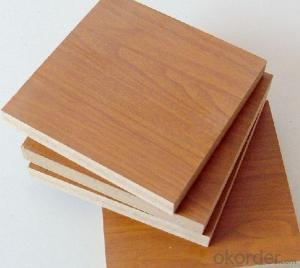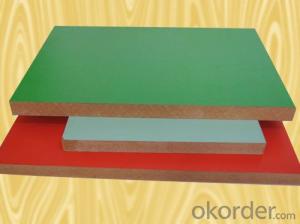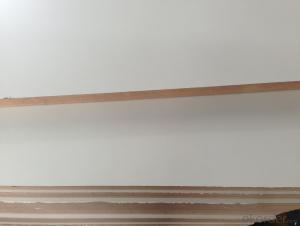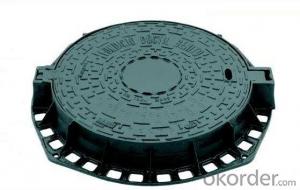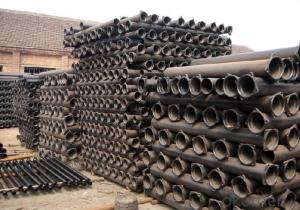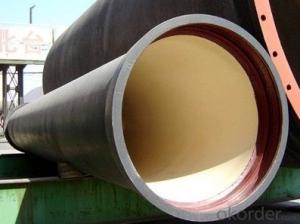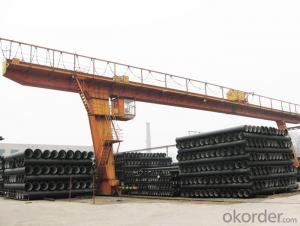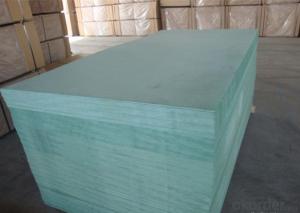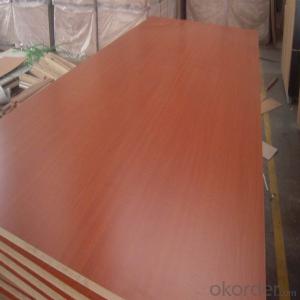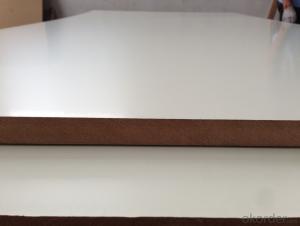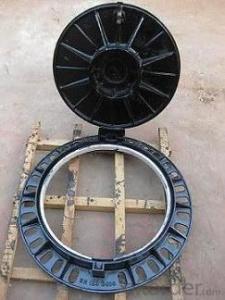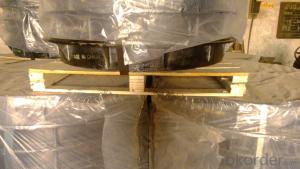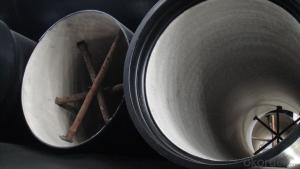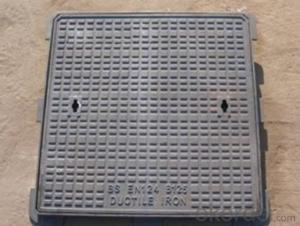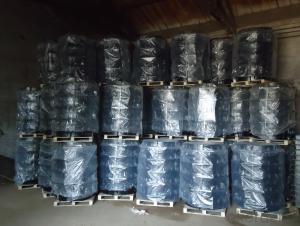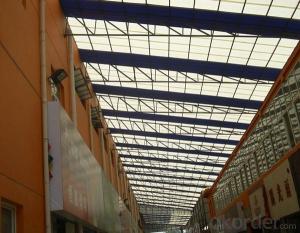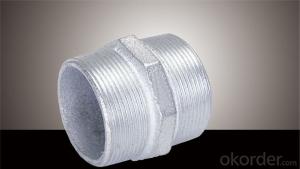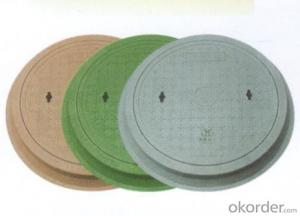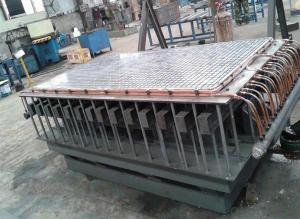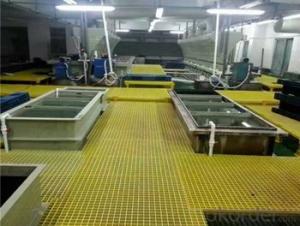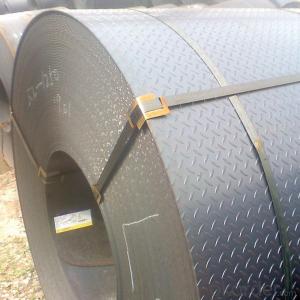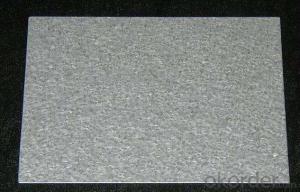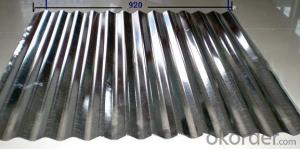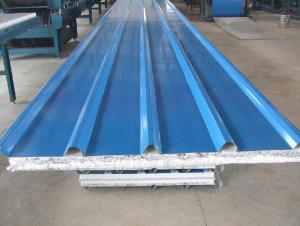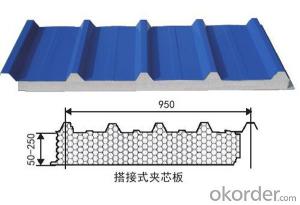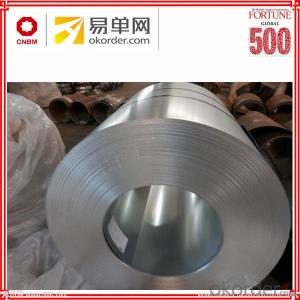Iron On Melamine Sheet
Iron On Melamine Sheet Related Searches
Iron On Melamine Sheet Flexible Skirting Board Mdf Plywood MDF Particle Board Melamine Coated Paper White Melamine Chipboard Pine Faced Mdf Melamine Glasses DrinkwareHot Searches
High Density Mdf Board Suppliers White Melamine Board Price Black Melamine Board Price 18Mm Ply Board Price 9Mm Mdf Sheet Prices Wholesale Melamine Board White Melamine Board Price Black Melamine Board Price Mdf Price Per Sheet 4Mm Mdf Sheet 1220X2440Mm Price 6Mm Mdf Board Price 9Mm Mdf Sheet Prices Wholesale Melamine Board Buy Mdf Board Online India Waterproof Mdf Suppliers White Melamine Board Price Black Melamine Board Price Wholesale Melamine Board Melamine Faced Chipboard Manufacturers Melamine Faced Chipboard Suppliers UkIron On Melamine Sheet Supplier & Manufacturer from China
Okorder.com is a professional Iron On Melamine Sheet supplier & manufacturer, offers integrated one-stop services including real-time quoting and online cargo tracking. We are funded by CNBM Group, a Fortune 500 enterprise and the largest Iron On Melamine Sheet firm in China.Hot Products
FAQ
- Yes, steel sheets are highly resistant to graffiti or vandalism. Due to their robust and durable nature, steel sheets serve as a formidable deterrent against acts of vandalism or graffiti. The smooth surface of steel sheets makes it difficult for vandals to adhere spray paint or other graffiti materials, and even if they manage to apply it, the paint can be easily removed with proper cleaning techniques without leaving any trace. Additionally, steel sheets are highly resistant to scratching or etching, which further prevents any form of vandalism. Overall, choosing steel sheets for surfaces that are prone to graffiti or vandalism offers excellent protection and minimizes the need for costly repairs or repainting.
- Yes, steel sheets can be used for storage racks or shelving. Steel sheets are strong, durable, and have high load-bearing capacity, making them suitable for supporting heavy items. They can be easily fabricated into shelves, racks, or even customized to fit specific storage requirements. Additionally, steel sheets are resistant to corrosion, ensuring long-term use in various storage environments.
- The distinguishing feature of a smooth stainless steel sheet is its flat and polished surface, devoid of any ridges or patterns. This type of sheet is frequently employed in situations where aesthetics and cleanliness hold significance, such as in kitchen countertops, appliances, and architectural designs. The absence of ridges makes cleaning and maintenance effortless. Conversely, a corrugated stainless steel sheet exhibits a wavy or ribbed pattern, resembling a sequence of parallel ridges or grooves. This design imparts additional strength and rigidity to the sheet, rendering it suitable for applications where structural integrity is of utmost importance. Corrugated stainless steel sheets are commonly utilized in roofing, siding, and industrial applications where durability and resistance to wear and tear are key. To summarize, the primary distinction between a smooth and corrugated stainless steel sheet lies in their surface texture and intended purpose. Smooth sheets are favored for their visual appeal and ease of upkeep, while corrugated sheets offer enhanced strength and are commonly employed in structural and industrial applications.
- Yes, steel sheets can be used for fencing or security purposes. Steel sheets are commonly used in the construction of fences and security barriers due to their strength and durability. They provide a sturdy and secure barrier, making them suitable for high-security areas such as prisons, military installations, and industrial facilities. Additionally, steel sheets can be customized to fit specific fencing needs, offering various designs and heights. The material's resistance to corrosion also ensures long-term protection against the elements, making it a reliable choice for fencing and security applications.
- Steel sheets are highly resistant to weather conditions, including extreme temperature variations, moisture, and UV radiation. They form a protective layer that prevents corrosion, ensuring their durability and longevity even in harsh outdoor environments.
- One common way to measure the thickness of a steel sheet is by using a tool called a micrometer. This handheld device consists of two jaws that you can place on opposite sides of the steel sheet. By tightening the micrometer, you can measure the distance between the jaws, which gives you the thickness of the sheet.
- There are various methods available for cleaning and maintaining steel sheets, depending on specific requirements and conditions. Below are some commonly used approaches: 1. Regular cleaning: It is important to clean steel sheets regularly to eliminate dust, dirt, and other debris that may accumulate on the surface. This can be accomplished by using a soft cloth or sponge along with mild soap or detergent and warm water. It is advisable to avoid abrasive cleaners or scrub brushes that can cause surface scratches. 2. Rust removal: Prompt removal of rust spots is crucial to prevent further corrosion on steel sheets. Rust can be eliminated using a wire brush, sandpaper, or a rust remover solution. Once removed, the area should be thoroughly cleaned and dried. 3. Protective coating: Applying a protective coating can help prevent rust and corrosion, especially for steel sheets exposed to harsh environments or moisture. Coating options include paint, varnish, or specialized anti-corrosion coatings. The coating should be applied in accordance with the manufacturer's instructions and reapplied periodically as needed. 4. Proper storage: To prevent moisture buildup and corrosion, it is important to store steel sheets in a dry and well-ventilated area. They should be kept away from direct contact with the ground and other metals to avoid galvanic corrosion. Additionally, using covers or protective wraps can provide further protection against dust and other contaminants. 5. Periodic inspection: Regularly inspecting steel sheets for any signs of damage, such as dents, scratches, or cracks, is essential. If any damage is identified, it should be promptly repaired to prevent further deterioration. 6. Professional maintenance: In the case of large-scale or complex steel sheet installations, it may be necessary to enlist professional maintenance services. These experts possess the knowledge, tools, and experience required to perform more extensive cleaning, maintenance, and repairs. By adhering to these cleaning and maintenance practices, steel sheets can maintain their integrity, appearance, and performance over time.
- Steel plate pile length, adjacent two steel plate pile joints should be staggered what position?
- If the joint in the same position, such as 9+9m then need to stagger joint position,Avoid stress in one position that results in joint fracture and deformation risk.
